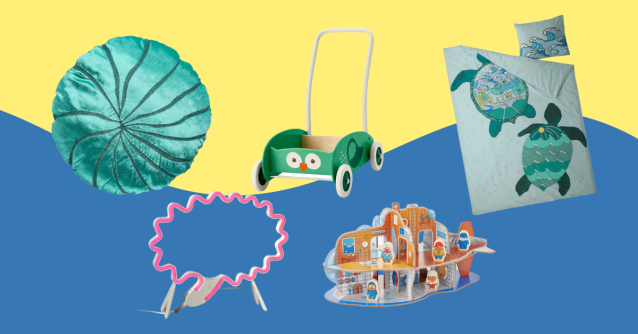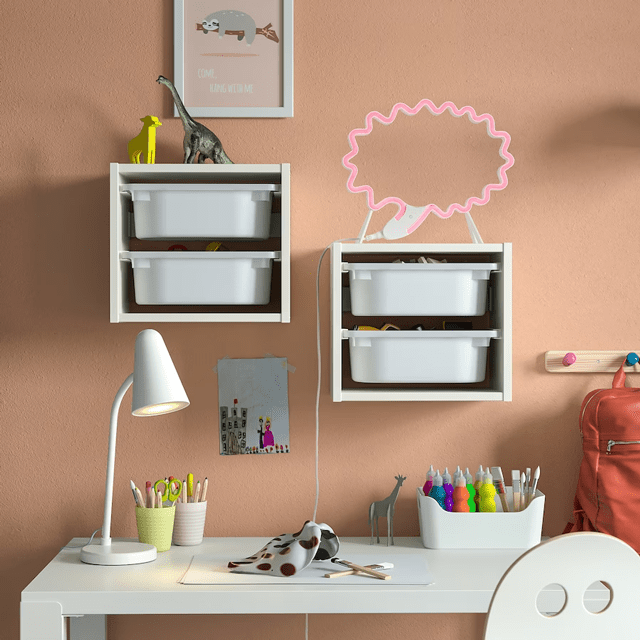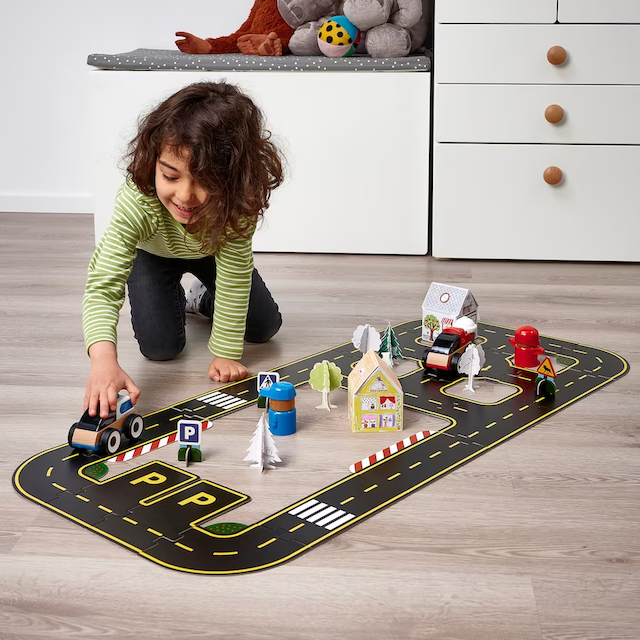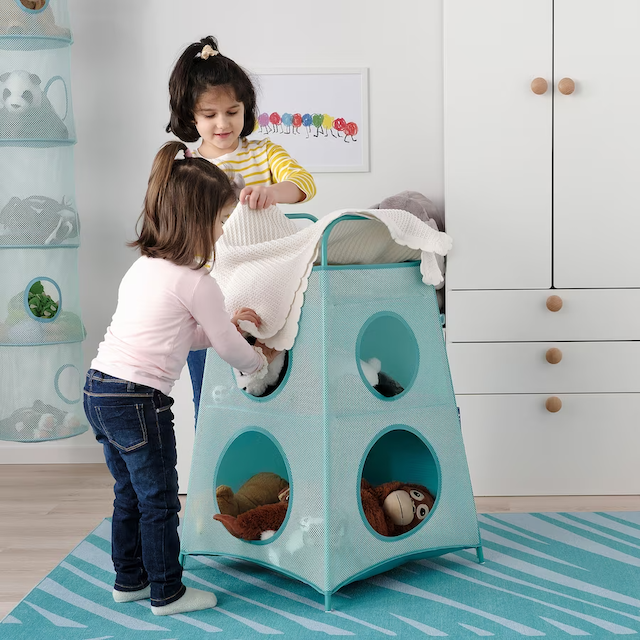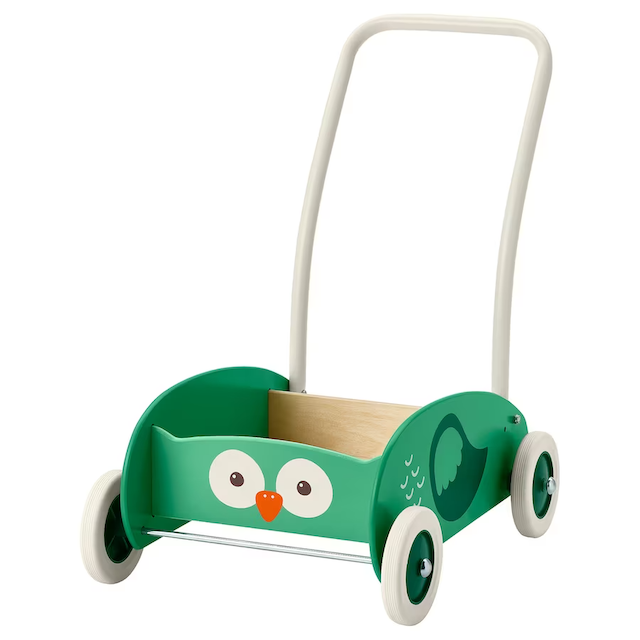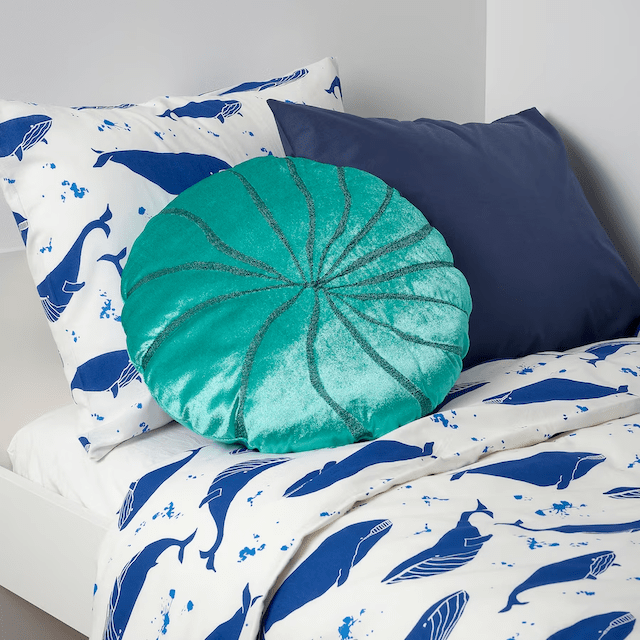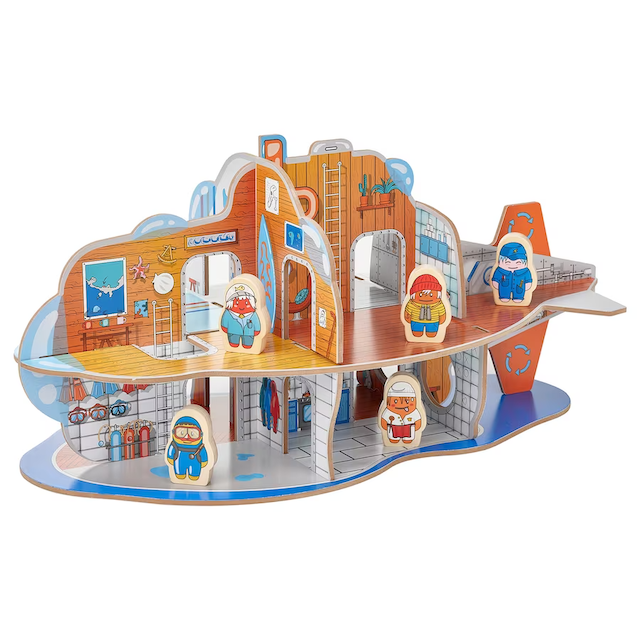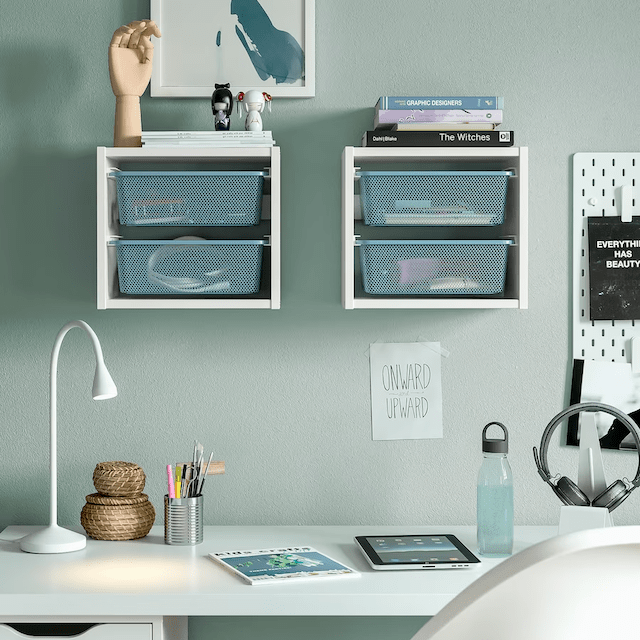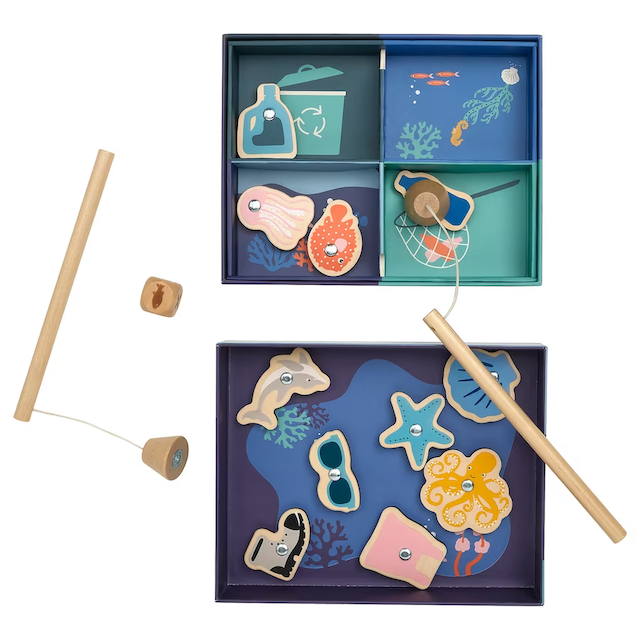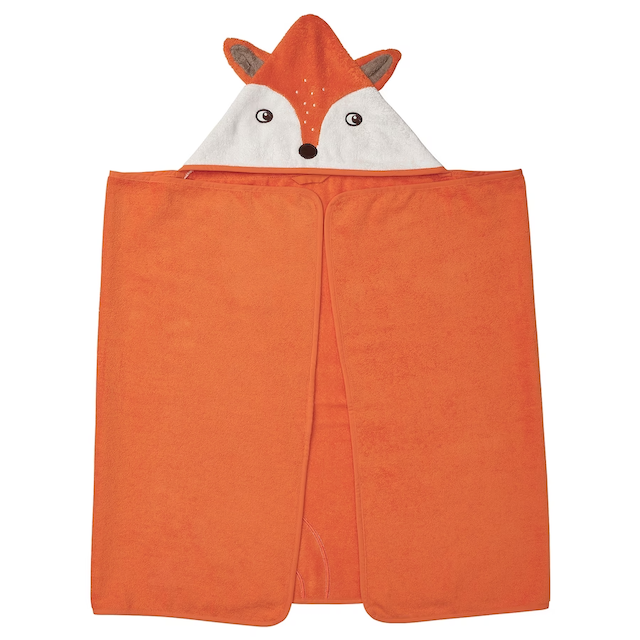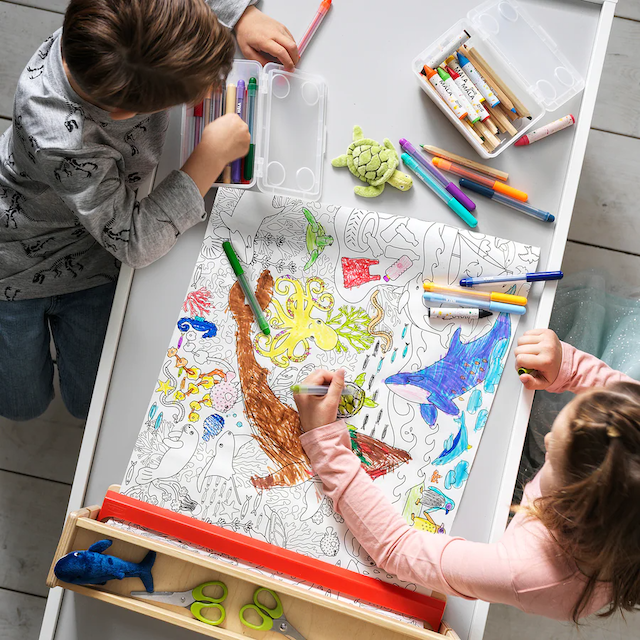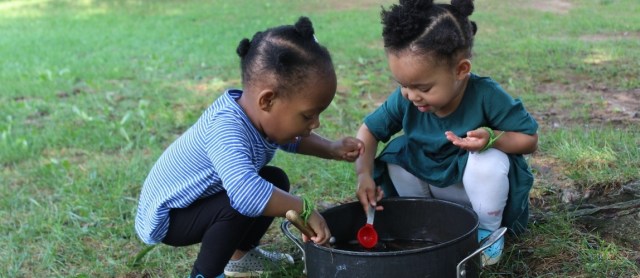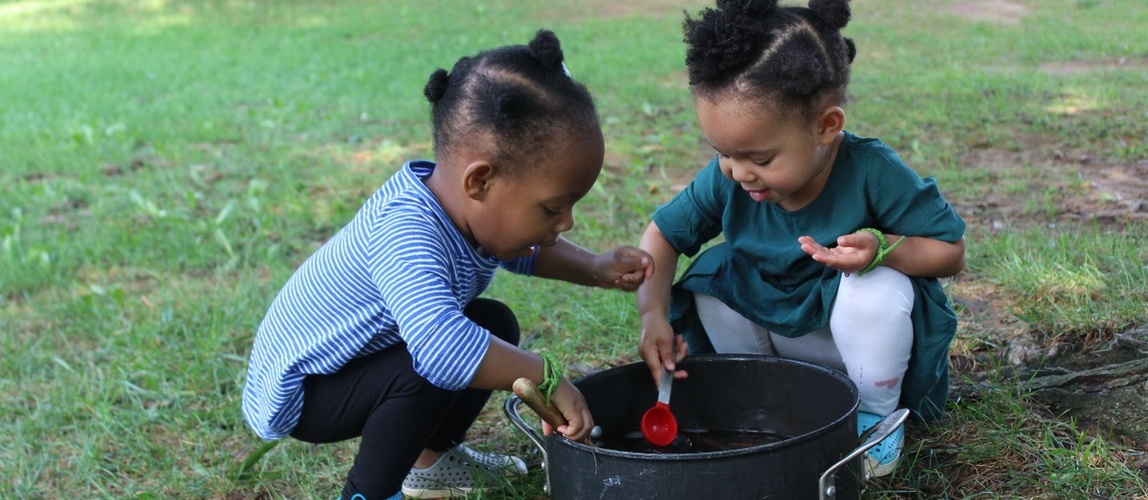When we look through our childhood keepsakes box, chances are nothing in it came from any electronics store. In a world where kids are more likely to have a computer mouse or cell phone in hand than crayons or clay, these favorite craft blogs come to the rescue. Inspire your children (and yourself!) to unplug with these creative, innovative ideas that are economical to boot.
Alexandra Hedin Design. Featured often in Better Homes & Gardens and a monthly staple of 425 Magazine, Alexandra offers an uncomplicated approach to experiencing the creative delight of each day. Crafters can utilize video tutorials, browse ideas organized by season, or even purchase Alexandra’s book, Entertaining at Home, a complete guide to planning ten charming, memorable parties.
Mess For Less. Former teacher and mom, Vicky, brainstorms cool concepts with unconventional supplies like bubble wrap and black elmer’s glue. She offers tips on budgeting for projects and homemade post-activity cleaning supplies.
Joanna Does It All. The title of this website says it all! This mom offers a wealth of sewing, cooking and baking ideas, and especially fun ideas for little girls, such as a dollhouse fashioned of cardboard packing boxes.
MmmCrafts. Larissa is self-described as an addict of all things artsy and crafts. And coffee. A highlight of this heartfelt, witty blog is her great talent for paper cutting and personalized greeting card tutorials.
A Crafty Mom’s Blog. Totally innovative, kid-pleasing ideas such as Crayon Muffins (cut up old crayons, combined in a cupcake tin and softened at 350 degrees into new, mixed-up coloring tools) are sure to inspire “Cool!” and “Wow!” from your little ones.
The Crafty Crow. Devoted to promoting creativity, this children’s art collective also offers opportunities for kids to share their work in galleries and shows. Ideas range in complexity from paper plate animals to cardboard dinosaur sculpture.
Dollar Store Crafts. Heather Mann’s perspective is that crafting and hand-making should not be difficult, expensive or extremely time-consuming. This clever, upbeat blog deconstructs seemingly complex projects and shows you how to succeed, save money and have a fabulous time while you do.
No Time For Flashcards. Early Childhood Education is the passion of Allison McDonald, former preschool educator and daycare coordinator. In a web world where the majority of crafting blogs are aimed towards older kids, Allison provides a comprehensive source of activities for babies and toddlers, from egg carton caterpillars to tire track painting with toy cars.
Chica and Jo. The soothing opening statement of this blog is to “Tackle life one project at a time.” In addition to a host of craft projects, these two go beyond scissors and glue with an expansive listing of green activities to reduce and reuse, organizational strategies, handmade gift ideas and party decorations.
Make and Takes. Founded by Marie LeBaron, this well-organized blog features art options with popular themes such as Angry Birds, Lego and Polly Pocket. Try out one (or lots!) of the many delicious cooking and baking ideas, like italian breadstick popcorn or peanut butter pancakes.
Crafts By Amanda. Right out of the gate, Amanda identifies with readers by joking that her crafting blog is not some high-tech operation, but is operated from home, in her basement, next to the washer and dryer. User friendly tutorials and easy to find supplies make this blog a refreshing breeze of convenience.
Let’s Explore. The idea behind Amy Anderson’s cute, thoughtful blog is simple: Play everyday! After you finish with art activities, browse her booklist of family favorites arranged by holiday and season.
Plaid Kids Crafts. Browse for some bright ideas or sign up for the online newsletter and let them come to you. Plaid Kids promotes self-confidence and individuality, with tips like encouraging your young artist to sign their work or pick their own colors and fabrics for projects.
U Create With Crafts. Kari Sweeten, raised among a family of creative women, founded this blog to collect and showcase all the great crafts she found online. Categories are organized alphabetically for fast search, and readers are encouraged to submit their own ideas.
Tatertots & Jello. Jennifer Hadfield, wife and mother of four, wanted a place to store her creative ideas, and a way to encourage those around her to exercise their own craft muscles. Charged with the enthusiastic motto, “Anyone can create!”, Jen brings readers everything from DIY holiday projects to a homemade recipe for cinnamon buttercream frosting.
How Does She? Amazed by all the women juggle on a daily basis, founders Shelley, Missy and Alison often found themselves asking this question. This empowering blog brings together ideas from inspiring women, each contributor as unique as she is incredible.
Kid’s Craft Weekly. Living in the Blue Mountains of Sydney, Australia, Amber Carvan’s true, enthusiastic love of crafting, and need to incorporate sanity into her stay-at-home mom title, led her to start Kid’s Craft. Amber puts together a quirky, entertaining newsletter of the best ideas she’s seeing and trying out with her own two kiddos, delivered weekly to your inbox.
Made By Joel. Yes, as you may be thinking, in the crafting blog universe largely populated by women, Joel is a man. Make your own tree branch broomstick, build the city of Paris with paper or bend a wire dinosaur into roaring, reptilian existence. This designer encourages us all, regardless of background, economics or skill level, to participate in the joy of bringing art into our lives.
My Plum Pudding. Find out what spaghetti hot dogs are or make a candy wrapper belt with this awesomely whacky and totally captivating blog. Also, if you’re a purveyor of vintage treasures, you’ll be excited to know this blog’s founder is as well and she loves to share her finds from from time to time.
Come Together Kids. A mom of three, Laura created this blog to celebrate the way making art brings her family together. Throughout the week, she also posts links to blogs that have inspired her, thanking fellow artists and recognizing the collaborative, shared process that is crafting!
Bloesem Kids. Originally from Amsterdam, founder Irene Hoofs roamed the globe as a traveler and graphic designer. Now, this wife and mother of two, living in Kuala Lumpur, brings you design, children’s craft and style ideas that go far outside the box.
Kiwi Crate. Each month, receive a green crate of crafting goodies delivered to your doorstep. Contents are specifically designed by Kiwi’s collaborative of parents and education experts to engage children with familiar ideas they’ll recognize, and bring them new projects that encourage exploration and individualism. Membership is $19.95 per month with free crate shipping.
Chronicle Books. Bringing you the most recent images in print and concepts from the newest media artists, the Chronicle Books blog offers a hearty, international buffet of visuals for hungry eyeballs. Art innovates. Think, and your children will follow.
Tomato Tomato. Graphic designer Kelly Affleck began hosting an arts & crafts program in her town of Renton, WA, after becoming an at-home mom in 2004. The success of her local program prompted her to expand the website into a complete blog.These craft ideas have been created and critiqued by a whole group of kids, so you know they’re good!
Page Turner Adventures. Page Turner Adventures tackles the reality of television in our lives, transforming technology from a brain drain parents must fight, into an educational implement in the toolbox of raising an imaginative, happy family. This company offers DVDs and live workshops where the team comes to your classroom, on everything from no-stress testing to fostering a lifelong love of reading.
Hands On: As We Grow. Mother of two and former teacher, Jamie, offers support and encouragement for parents striving to be hands-on advocates in the lives of their kids. In addition to a thoughtful variety of crafts and activities for all ages, parents will find information on how to implement play-based learning in order to promote independence and teach respectful manners.
Peep Thread. Sophisticated, bright and playful, this delightful blog engages readers with craft challenges, flea market reports and first-hand information from craft maker’s fairs. Vintage-inspired entries such as McCall’s DIY Brooke Shields prom dress patterns offer a nostalgic laugh and spark inventive re-purposing of old into new.
Paint Cut Paste. Mom Jen Berlingo strives to “inspire young artists” and includes photos of her daughter’s finished work in her project tutorials. Many of the sewing crafts could be completed with needle and thread in lieu of an electric machine.
Tinker Lab. Harvard trained art educator, costume designer and mother of two, Rachelle Doorley, puts her smarts and experience to work in this uncommon blog helps caretakers inspire children in meaningful ways that are ecologically sustainable. Plan outdoor activities, help your toddler master motor skills and get tips on gathering supplies from your local recycling center.
One Pretty Thing. From sewing a duvet cover to painting on silk fabric, this blog is a wealth of possibilities and promises “DIY tutorials for a handmade life.” Search the large, well-organized archives for lessons on anything you can think of, and more.
Did we miss your favorite mom craft blogger? Tell us about them in the comments below!
